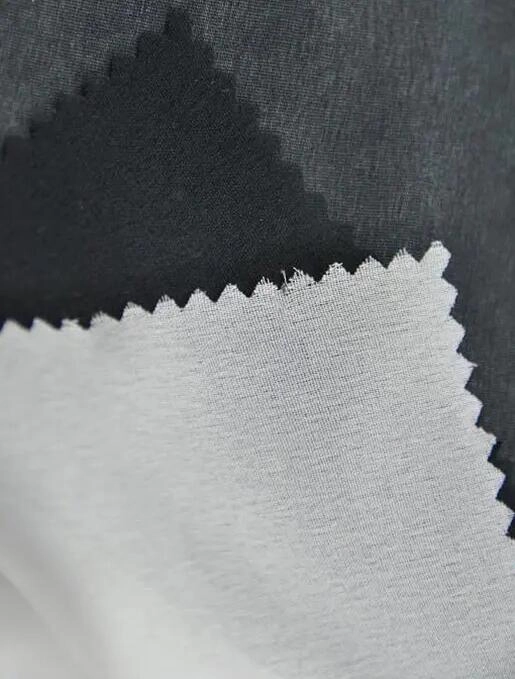Woven interlining involves the use of a fabric constructed by crossing vertical and horizontal threads, creating a woven structure. This technique ensures that the interlining fabric possesses exceptional tensile strength and tear resistance. The woven construction serves as a sturdy foundation, providing stability and support to various portions of the garment, including collars, cuffs, waistbands, and buttonholes.
One of the key advantages of woven interlining is its ability to reinforce fabric areas prone to stress and strain. By adding an additional layer of woven fabric between the outer and lining fabrics, woven interlining significantly increases the garment's resistance to wear and tear. This reinforcement not only enhances the durability of the garment but also allows it to maintain its shape and structure throughout years of use.
The structural integrity offered by woven interlining is particularly advantageous in tailored garments. Tailored suits, coats, blazers, and dresses often require precise shaping and definition. Woven interlining enables designers to create clean lines, sharp edges, and crisp folds, ensuring that garments retain their intended shape and silhouette. This technique provides a professional and polished finish that resonates with high-quality craftsmanship.
Woven interlining enhances the garment's overall comfort by providing a layer of support without compromising on flexibility. The carefully selected fibers and weave structure of woven interlinings make them comfortable against the skin, allowing the garment to move and drape naturally. The interlining's ability to mold to the body's contours ensures a comfortable and unrestricted fit, offering the wearer freedom of movement.
Another notable advantage of woven interlining is its versatility. It can be customized based on the desired level of support, thickness, and texture. Woven interlinings are available in various weights and densities, enabling designers to select the ideal one based on specific garment requirements. From lightweight interlinings suitable for delicate fabrics like silk, to heavier options for structured garments, the versatility of woven interlining allows for flexibility in design and construction.
Woven interlining remains a reliable and time-tested technique in garment construction. Its ability to provide durability, structure, and comfort makes it an essential component in creating long-lasting, well-fitting garments. The versatility and customization options of woven interlining contribute to its continued relevance in the ever-evolving fashion industry. As fashion embraces sustainability, eco-friendly woven interlinings offer an environmentally conscious choice for designers and manufacturers.
